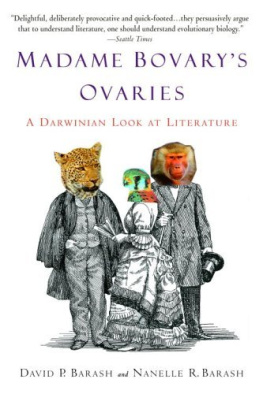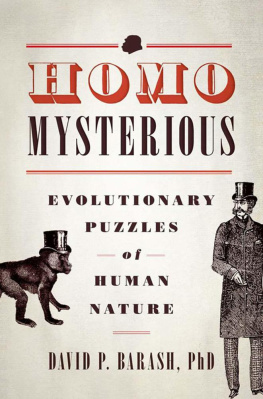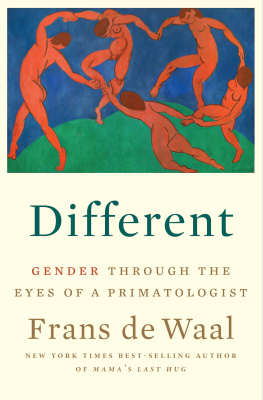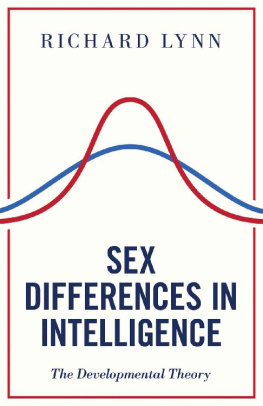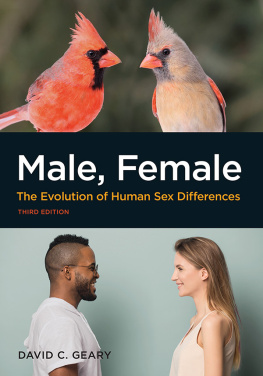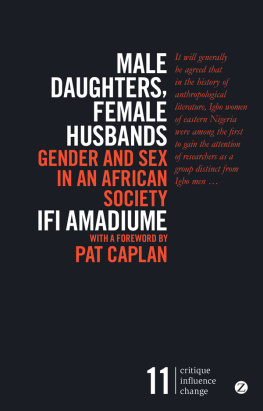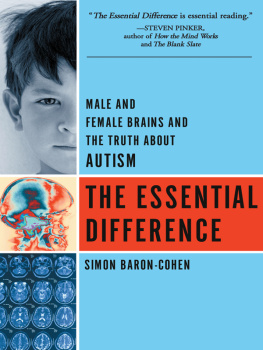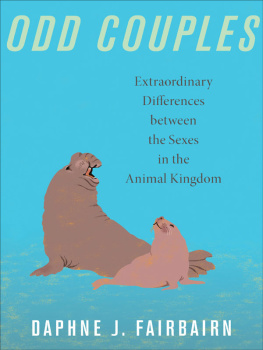David P. Barash - Gender Gap: The Biology of Male-female Differences
Here you can read online David P. Barash - Gender Gap: The Biology of Male-female Differences full text of the book (entire story) in english for free. Download pdf and epub, get meaning, cover and reviews about this ebook. year: 2001, publisher: Transaction Publishers, genre: Romance novel. Description of the work, (preface) as well as reviews are available. Best literature library LitArk.com created for fans of good reading and offers a wide selection of genres:
Romance novel
Science fiction
Adventure
Detective
Science
History
Home and family
Prose
Art
Politics
Computer
Non-fiction
Religion
Business
Children
Humor
Choose a favorite category and find really read worthwhile books. Enjoy immersion in the world of imagination, feel the emotions of the characters or learn something new for yourself, make an fascinating discovery.

- Book:Gender Gap: The Biology of Male-female Differences
- Author:
- Publisher:Transaction Publishers
- Genre:
- Year:2001
- Rating:5 / 5
- Favourites:Add to favourites
- Your mark:
Gender Gap: The Biology of Male-female Differences: summary, description and annotation
We offer to read an annotation, description, summary or preface (depends on what the author of the book "Gender Gap: The Biology of Male-female Differences" wrote himself). If you haven't found the necessary information about the book — write in the comments, we will try to find it.
After describing the theory underlying the evolutionary explanation of male-female differences-in accessible, lay-persons language-they show how it applies to specific examples of animal behavior. Then, they demonstrate comparable male-female differences in the behavior of human beings cross-culturally, as well as within the United States. Barash and Lipton apply this approach to male-female differences in sexual inclinations, propensities for violence, parenting styles, and childhood experiences. They invoke much work within the traditional social sciences, such as psychology, anthropology, and sociology, which have typically ignored biological factors in the past.
Part of the highly successful revolution in scientific thought has been the recognition that evolutionary insights can illuminate behavior, no less than anatomy and physiology. This new discipline, sometimes called sociobiology or evolutionary psychology, promises to help us make sense of ourselves and of our most significant others, shedding new light on what it means to be male or female. Now available in paperback with a new introduction by the authors, this accessible volume integrates work from a variety of fields, applying a new paradigm to research on gender differences.
David P. Barash holds a Ph.D. in zoology and is professor of psychology and zoology at the University of Washington, where he has taught since 1973. He has been especially active in the growth and development of sociobiology as a scientific discipline and has received numerous grants and awards. Barash is the author of more than 170 technical articles, and 20 books.
Judith Eve Lipton received her M.D. degree from the University of North Carolina, Chapel Hill, and completed her residency in psychiatry at the University of Washington. She is the founder and president emerita of the Washington Physicians for Social Responsibility, and Fellow of the American Psychiatric Association, specializing in womens health.
David P. Barash: author's other books
Who wrote Gender Gap: The Biology of Male-female Differences? Find out the surname, the name of the author of the book and a list of all author's works by series.

